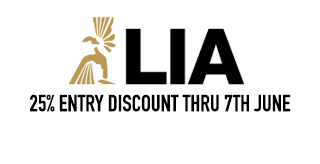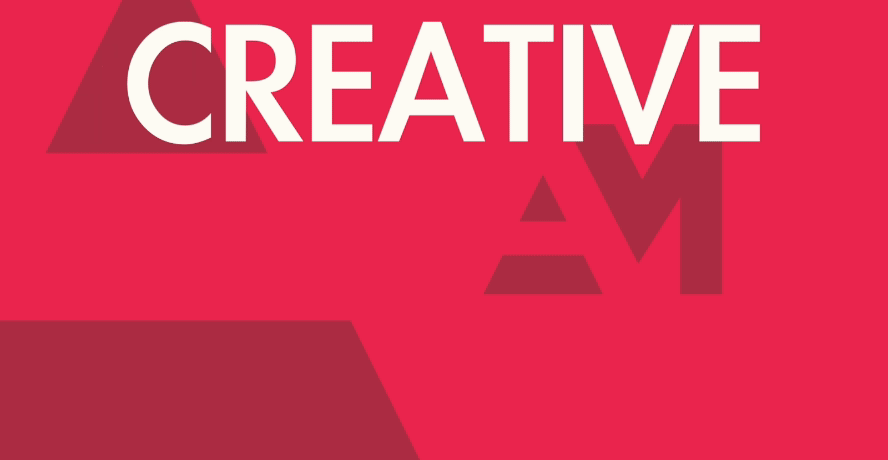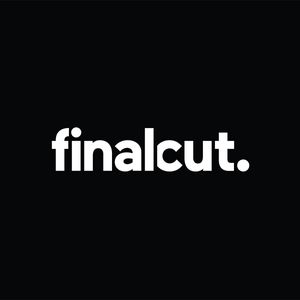
Finely Sliced: Editing Is a “Misunderstood Profession” Says Matt Carter
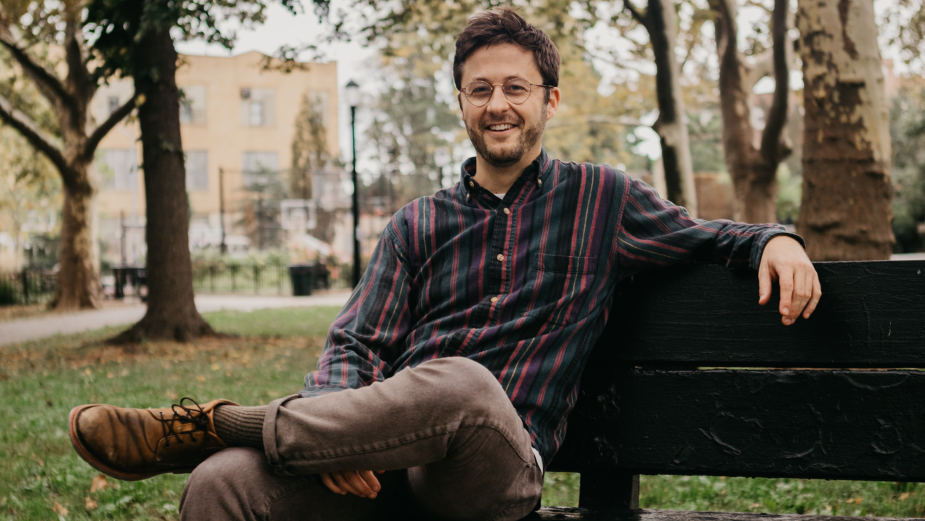
Matt Carter has recently been promoted to editor at the New York edit house Final Cut, where he has already worked on edits for the likes of Adidas Originals, as well as rap artists Lil Yachty and A$AP Ferg. In 2021 Matt was shortlisted for the CMT Music Video Awards Video of the Year Award and continues to edit many projects relating to music, including an upcoming documentary coming from the realm of hip hop.
LBB> The first cut is the deepest: how do you like to start an editing project?
Matt> I like to spend time with the material and become familiar with the subject. If the project is a music video, I go through the artist’s discography, past music videos, listen to interviews, and look at their online presence to get an idea of their personality and aesthetic. I do this for the director as well. If the project is a documentary, I approach it this same way but with a heavier lean on interviews, articles, and other docs that could be helpful references. When it comes to commercials and even short films, I like to meet the team, assemble their boards, and create alt versions that introduce new ideas. So generally I begin with an observational approach watching, listening, reading, and learning which helps me think about narrative, cultural context, and editorial techniques to support the story.
LBB> Non-editors often think of editing just in technical terms but it’s integral to the emotion and mood of a film. How did you develop that side of your craft?
Matt> I have always viewed editing as a creative craft. Even though it’s definitely technical as well, the technical aspects of it are just tools to execute creative ideas. When it comes to establishing an emotion and mood, I pay attention to the presentation of information - specifically the pace, rhythm, juxtaposition of images, sound design, music, structure, and all of that jazz. I also try to be aware of my emotions because they will naturally influence the tone of the edit.
LBB> How important is an understanding of story and the mechanics of story?
Matt> Understanding the story is key because it provides direction and a basis for decision-making.
LBB> Rhythm and a sense of musicality seem to be intrinsic to good editing (even when it’s a film without actual music) – how do you think about the rhythm side of editing, how do you feel out the beats of a scene or a spot? And do you like to cut to music?
Matt> I rarely cut with music because I want the edit to be able to stand on its own without it. I try to sequence selects so that they communicate some sort of narrative progression, rhythm, and kinetic energy of their own. Once the visuals make sense and feel momentous enough to live independently, I start the sound design with a mix of practical and abstract sounds. I try to make the sound feel musical so it has its own build, cadence, and rhythm like an actual song - even if this means nudging the picture - because I think sound is more powerful than visuals. Then lastly, I audition tracks to see how each one lands. This step is fun because the results are usually pretty unexpected. I like to see how everything lands to understand how the different pieces are working or not working together - what to maintain, what to shake-up, and where to take things from there. This is just one approach that I like. It’s merited for some projects and not others.
LBB> Tell us about a recent editing project that involved some interesting creative challenges.
Matt> I’m currently working on a job that involves 30-plus years of personal footage from a hip-hop artist and archival footage from various world events beginning in February 1969. So we are taking on the creative challenge of slowing down the planet’s orbit around the sun to extend the hours in an edit day…
LBB> In the US we know that editors are much more heavily involved across the post-production process than in Europe - what’s your favourite part of that side of the job?
Matt> Being heavily involved in post has allowed me to develop a creative voice and feel ownership of the work, which has been very rewarding, but I’m not opposed to working with directors and agencies who have an equally strong voice. I would actually like that moving forward because some of the best work comes from collaboration and investment from multiple parties throughout the process.
LBB> What’s harder to cut around – too much material or not enough? (And why?)
Matt> Too much material gives leeway to cut around things but more importantly it can make it difficult to find the story. Some of my favourite jobs have been shot on a five to 22 minute roll of film. Less material can mean there is a vision, an intentional shoot, and an opportunity to be creative. Limitations, laws and direction actually enable creativity. They don’t take away from it.
LBB> Which commercial projects are you proudest of and why?
Matt> The Adidas Originals spots that feature a breakdancer from LA named Swap are probably my favourites so far. Advertising and content, in general, tend to gravitate towards glamorizing a hard street aesthetic to sell a fabricated notion of cool but I think these Adidas spots avoid that tendency and feel humble and honest. Plus, I liked working on an Adidas Originals campaign.
LBB> There are so many different platforms for film content now, and even in advertising something can last anything from a few seconds to a couple of hours. As an editor, are you seeing a change in the kind of projects you’re getting from brands and agencies?
Matt> Yes, I just came across the most progressive deliverable that I’ve seen to date… an NFT!
LBB> Who are your editing heroes and why? What films or spots epitomise good editing for you?
Matt> Anyone who has been editing for 20+ years is my editing hero. It is a misunderstood profession and a very taxing job, especially if you love it and are committed to doing it the best that you can. But, in terms of films, LA Confidential, Requiem for a Dream, To The Wonder, Do The Right Thing, The Social Network, and Whiplash all epitomize great filmmaking and great editing.
LBB> How does editing in the commercial world differ from the film world and TV world?
Matt> There are differences but there are some similarities too. Both worlds share the same technical tools, creative techniques, and general processes. I think some of the best directors and editors use the music video space and commercial space as playgrounds to test ideas for their long-form work.
LBB> Have you noticed any trends or changes in commercial editing over recent years
Matt> Yes, trends are constantly evolving and emerging. I think this is another bridge between the commercial and the film/TV worlds too. Both of them are at the forefront of whatever trends are currently in, but film/TV often motivates their use of current techniques with narrative purpose while commercials may do it just to do it and seem relevant. I have seen trends evolve from documentary-style filmmaking characterised by natural low-light and handheld cinematography - to mixed media with heavily stylised speed ramps, sound design, glitches, and textures; to more fun and playful camera movements like whip pans, crash zooms, and clever transitions.

